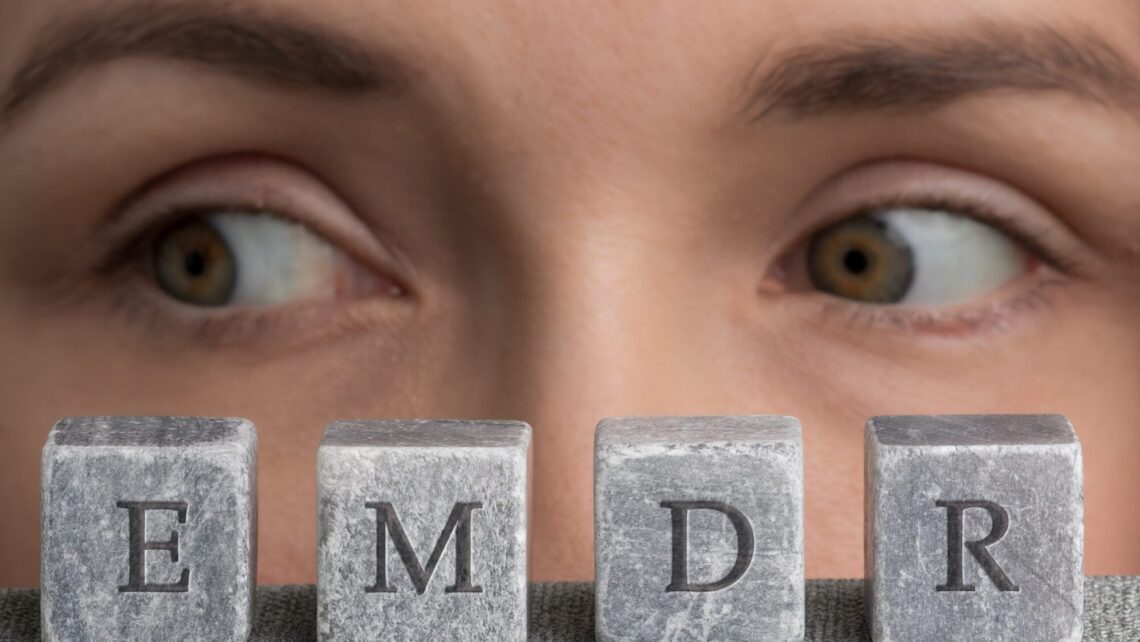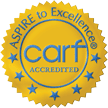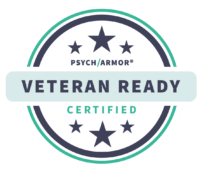How EMDR Helps Veterans Move Past Trauma
Eye Movement Desensitization and Reprocessing (EMDR) is a psychotherapy treatment expanded from its initial application to help military personnel deal with PTSD and other forms of trauma. It’s a way to possibly incorporate a non-invasive approach to managing mental health issues that may contribute to addiction.
How Does EMDR Work?
According to the EMDR Institute, American psychologist Francine Shapiro pioneered the EMDR method in 1989. While walking through a park one day, she reflected on some negative experiences. But as she glanced at the things around her, she eventually observed a subtle shift in her thinking and felt less distressed. She then theorized that eye movements stimulated neural network connections prohibited by chronic stress and trauma, and thought the body’s natural ability to heal may also apply to the brain.
For example, if you cut yourself, your body has a process that heals the injury. This is usually automatic unless a foreign object is lodged in the wound, comprising the body’s healing ability unless the invader is removed. So, if someone suffers serious trauma, their mind replays the situation or event through memories and dreams—foreign objects preventing the brain from naturally healing.
Shapiro devised an EMDR technique that seemed to help reduce her patients’ anxiety. Over a series of subsequent sessions with them, it became apparent that these individuals continued to experience fewer PTSD symptoms. Research indicates an association between PTSD and functional changes in the amygdala, a part of the brain involved in the formation of emotional memories, especially those that are fear-related.
Assisted by a certified therapist, patients in EMDR therapy use a combination of eye and hand movements, as well as bilateral auditory stimulation, to re-engage with the trauma and essentially re-program their brains to acknowledge, accept, and finally resolve those experiences–much more quickly for some people, many proponents say, than traditional talk therapy sessions might. The average person spends up to 3 months in weekly sessions, often noticing improvement after the first few visits.
We offer more detail about how an EMDR session works here.
The practice of EMDR to aid in the treatment of PTSD, chronic stress, adverse childhood experiences, and anxiety/depression is recommended by several organizations, such as:
- The American Psychiatric Association
- The National Alliance on Mental Illness
- The World Health Organization
- The U.S. Department of Defense
Additionally, the Department of Veterans Affairs offers EMDR through many of its hospitals as an initiative of The National Center for PTSD.
Promising Results of EMDR to Move Past Trauma
For trauma-related issues, EMDR has the potential to remove the mental and emotional blocks created for basic survival, allowing an individual to recognize their ability to heal. Instead of relying on maladaptive behaviors such as drug and alcohol abuse to get through each day and forget what happened, EMDR patients learn to:
- Face and release their anger about the event
- Release fear over the incident
- Let go of negative feelings such as guilt or shame
- Recognize the event was in the past and not applicable to the current day
On the surface, emotions like anger and fear might not seem like a big deal. But when they’re played on an endless memory loop, they prohibit healthy functioning.
While not a “cure” for PTSD or trauma, or a solitary coping mechanism, EMDR has demonstrated in numerous studies, especially with former and current servicemembers, that it’s an essential access point for therapists to help reduce disruptive and acute reactions, allowing a person to move forward with other aspects of healing. Here are some examples:
- U.S. Veterans Magazine reported in 2024 that “78% of treated Veterans no longer met the full criteria for PTSD after only 12 sessions of EMDR.” Additionally, other research cited in the story indicated that “EMDR was not only clinically effective but also the most cost-effective of the 11 trauma therapies evaluated in the treatment of adults with PTSD.”
- A 2023 study indicated that “EMDR was effective in enhancing SUD treatment engagement and addressing the severity of the disorder. However, its effectiveness in reducing cravings was not as pronounced. Additionally, EMDR demonstrated effectiveness in reducing co-occurring symptoms of posttraumatic stress disorder (PTSD) and depression.”
The EMDR Institute offers an extensive outline of the various studies, clinical trials, and focused military personnel treatment results.
Although a vital health resource for Veterans and first responders, it’s important to note that EMDR might not be for everyone. Make sure to talk with your therapist or counselor first, and don’t try doing self-guided videos online.
Find EMDR and Other Veterans Solutions at Seabrook
Our four award-winning treatment centers in New Jersey are CARF-accredited facilities, an organization promoting best practices in behavioral health and evidence-based addiction recovery. Our board-certified professionals offer EMDR as one component of our holistic wellness therapies, and also in our Tactical Recovery program.
Tactical Recovery is a partnership between our center, the Department of Veterans Affairs Community Care Network, and PsychArmor to offer a Veteran-Ready program with detoxification and residential and outpatient treatment services. In many cases, individuals in the military community don’t receive an appropriate level of focused care from those who understand the full impact of military service. Our team at Seabrook is trained to be culturally competent and skilled in providing multiple levels of treatment.
If you’re ready to move past trauma and into the life you fought for, talk to a member of our admissions team today.




